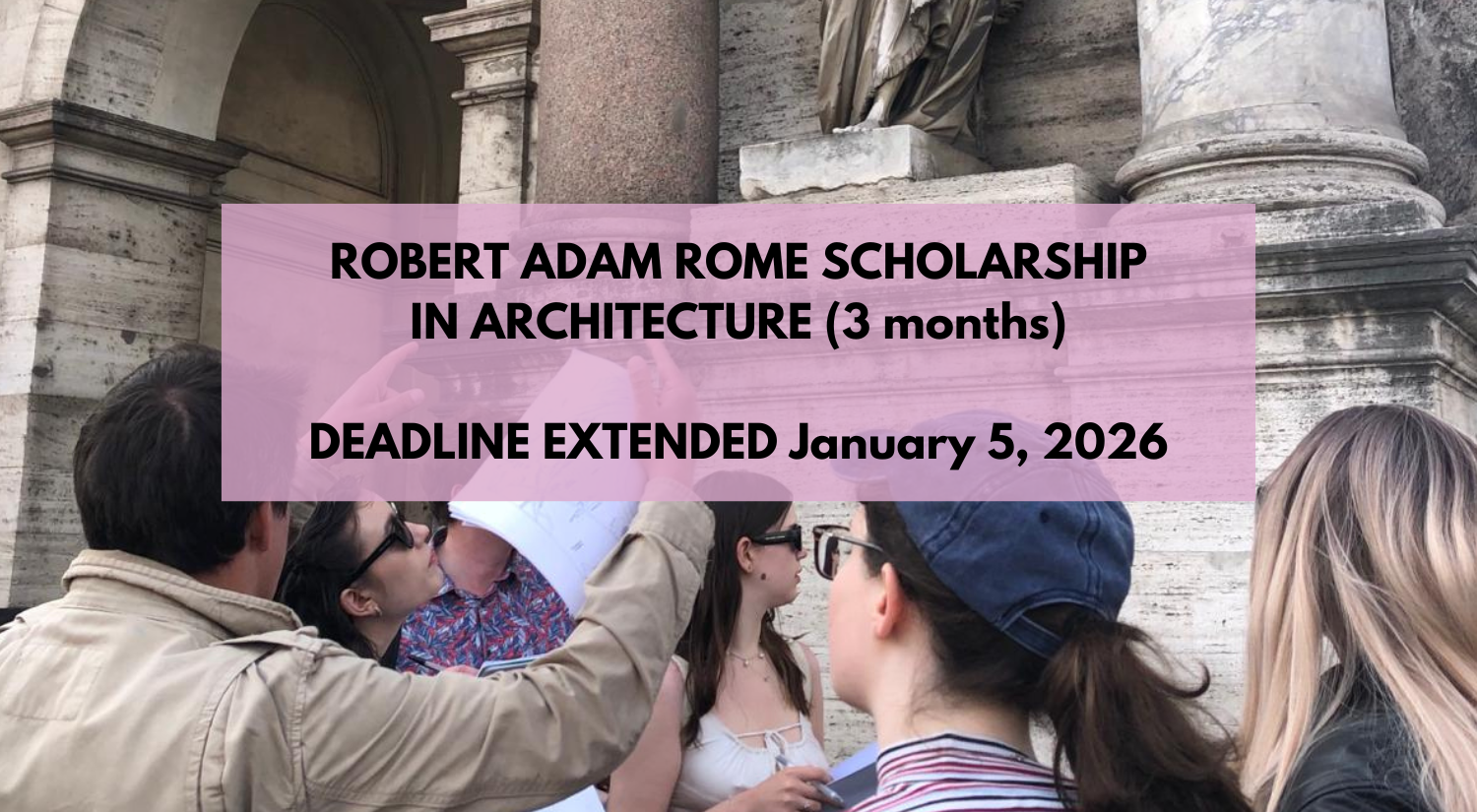The blog, Inscribing Anonymity, will present research objectives and project results of a three-year research project (2023-2026), Inscribing Anonymity: Un-Authored Poetry in Roman Epigraphic Culture, funded by a British Academy Post-Doctoral Fellowship and pursued at the British School at Rome by Dr Alessandra Tafaro.
The blog will complement traditional scientific outputs. It will make the most interesting poetic graffiti and metrical inscriptions which thematise anonymity as a radical political act available to the public, by combining literary critical examination of epigraphic texts with the autoptic examination of the materiality of poems. On-site research will take place at the Archaeological Park of Pompeii, the National Museum of Rome – Baths of Diocletian and the National Museum of Naples. The blog will appeal to academics interested more specifically in Classics, Latin literature and Roman epigraphy, but also more broadly in poetry across different eras; undergraduate, postgraduate, research students whose research is at the intersection of literature and material culture; a non-specialist audience with a general interest in ancient poetry and literary/visual cultures.
Alessandra aimd to publish regular blogs, following the development of the proposed project, which will last for three years. She aims to publish blogs every three months on three case-studies which illuminate the different mechanics of anonymous authorship. The most interesting inscriptions and graffiti will illuminate the literary wit, the poetic complexities and immense richness of this too often neglected corpus of literature.
The research blog will contribute to shed fresh light on and increase interest in epigraphic poetry. It will illuminate how the collection of the Carmina Latina Epigraphica, with its 4,000 Latin verse inscriptions, proves that Roman poetry involves not only book-cultures, produced by elite authors, but also a variety of writing practices, spread to wider sectors of society. The corpus includes epitaphs, wall-inscriptions, honorific monuments, texts engraved on every-day objects, composed primarily in hexameters and elegiac couplets. The blogs will emphasise how epigraphic poetry is radically political in its assertion of its difference from authorized poetry-books, while also urging audiences to read it as having the same status of canonical poetry.















